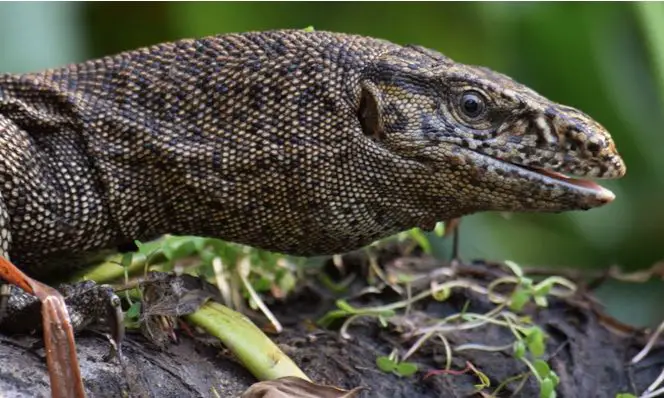Hermann’s tortoise (Testudo hermanni) is a small-sized tortoise. Its scientific name is derived from the French naturalist named Jean Hermann. There are 5 species of tortoises under the genus Testudo namely Kleinmann’s, Hermann’s, Russian, Marginated and Greek tortoises. The two subspecies of Hermann’s tortoise are: western Hermann’s tortoise and eastern Hermann’s tortoise.
The background color of the carapace (upper shell) in juvenile tortoises is black with thick bright yellow stripes all over it. With time, the brightness of the shade disappears. The yellow-striped limbs of these tortoises have gray-to-brown background color. As compare to females, spiked-tails are long for male tortoises.
The eastern Hermann’s tortoise can grow as long as 28 centimeters and weighs around 6.6 to 8.8 pounds. The size of the western Hermann’s tortoise can range up to 18 centimeters in length.
The lifespan of these tortoises can be more than 30 years.
They dig burrows  as deep as 10 centimeters and build a nest which is shaped like a bottle. There is no particular time period for mating.
as deep as 10 centimeters and build a nest which is shaped like a bottle. There is no particular time period for mating.
A female Hermann’s tortoise lays a clutch size of 2 to 12 eggs. In one breeding season, it lays more than 1 clutches. The color of the eggs is pale pink and they are hatched after 90 to 120 days. Like most other tortoises, temperature determines the gender of a tortoise. The hatchling turns out to be a male if the temperature is at 26 °C and female when it reaches 30 °C.
Hermann tortoises are distributed across southern Europe. The western Hermann’s tortoises are found in countries like Italy, Spain, France, Sardinia and Balearic Islands. The eastern Hermann’s tortoises are distributed across states like Greece, Serbia, Romania, Turkey and Albania.
They like to feed on fruits, flowers and leafy vegetables including lettuce, legumes, clover and dandelions.
Some of the predators that prey on the hatchlings of these tortoises are foxes, rats, wild boars and badgers.





